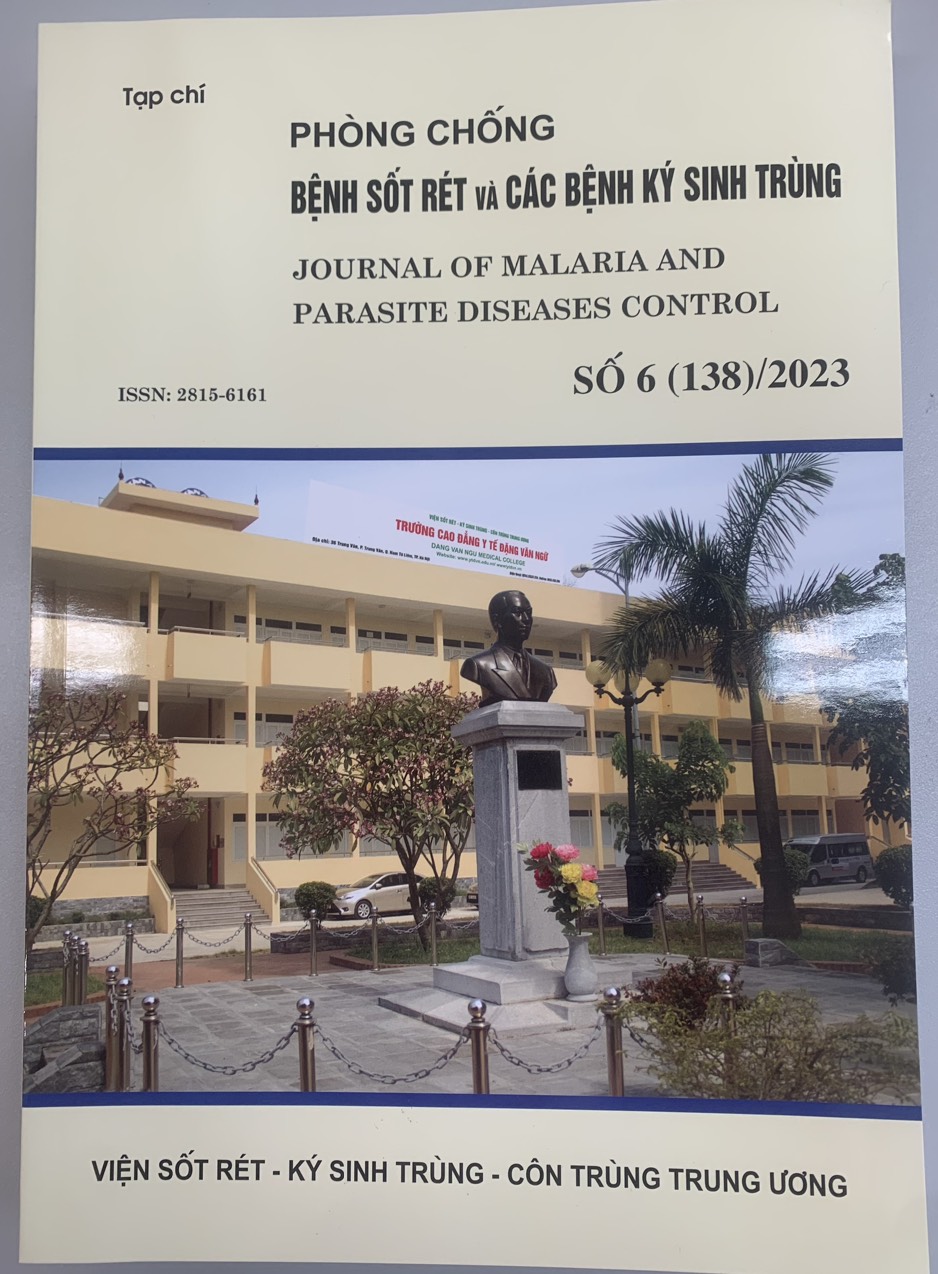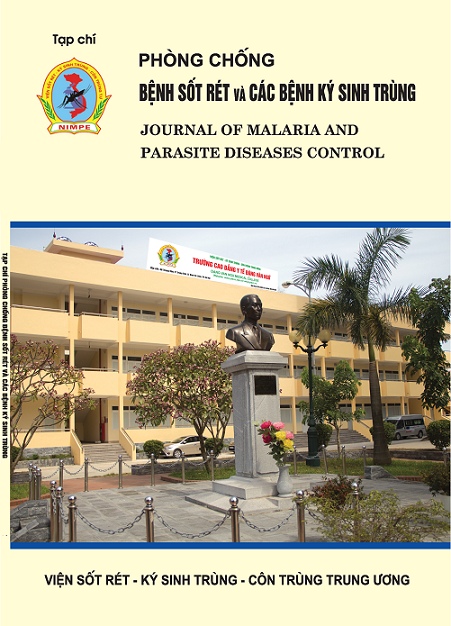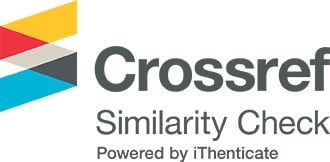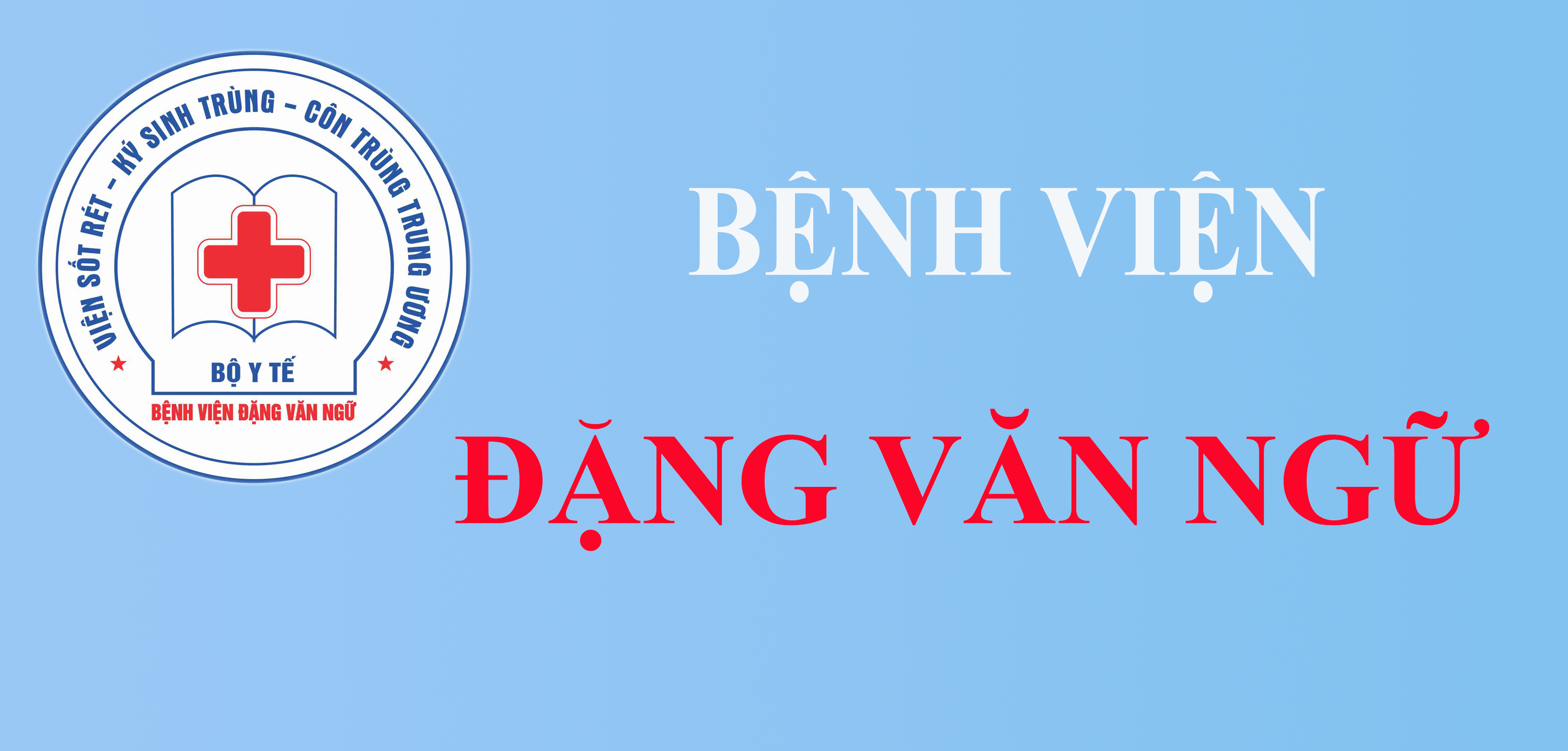AWARENESS OF NUTRITIONAL ANEMIA AMONG FEMALE PATIENTS AGED 18 - 49 YEARS AT CAM LE DISTRICT HEALTH CENTER, DA NANG CITY IN 2022
Từ khóa:
Key words: awareness, nutritional anemia, women of reproductive ageTóm tắt
A cross-sectional descriptive study was conducted among 175 female patients aged 18-49 years old examined at Cam Le district health center, Danang city from February 2022 to September 2022 to describe the awareness and some related factors in the prevention of nutritional anemia. Results showed that 98.9% of the patients were aware of the cause of nutritional anemia that is due to iron deficiency; 86.9% knew that worm infection can cause anemia; 99,4% knew that signs and symptoms of anemia are pale skin; 98.3% understood those symptoms including headache, dizziness, fainting; 97.1% knew that the symptom of anemia is fatigue; 96.9% were aware that anemia can cause abortion, preterm labor, haemorrhage; 89.7% knew that anemia can cause memory loss; 86.3% knew anemia can lead to work impairment; 96% understood that the risk group includes pregnant women, breastfeeding women; 73.7% knew that the risk group consists women of reproductive age; 73.7% had good general knowledge of nutritional anemia. Some other related factors included age, academic level, home economics and marital status (p<0,05). Knowledge about nutritional anemia of women aged 18-49 years was quite good. It is necessary to maintain the communication and health education about anemia and the prevention of nutritional anemia so that research subjects can better apply this practice.
Key words: awareness, nutritional anemia, women of reproductive age
Tài liệu tham khảo
Bộ môn Dinh dưỡng - An toàn Thực phẩm (2012). “Thiếu máu dinh dưỡng do thiếu sắt”, Dinh dưỡng và Vệ sinh an toàn thực phẩm, Nhà xuất bản Y học, tr.261-266.
![]()
Masresha Leta S., Sr Maleda T. (2019). “Knowledge, attitude and practice on prevention of iron deficiency anemia among pregnant women attending ante–natal care unit at public hospitals of Harar Town, Eastern Ethiopia”, International Journal of Pregnancy & Child Birth.
![]()
WHO (2015). “The Global prevalence of Anaemia in 2011”, Genava: World Health Organization, pp.13.
![]()
Ngô Quý Châu (2012). “Thiếu máu: phân loại và điều trị thiếu máu”, Bệnh học nội khoa, Nhà xuất bản y học, tr. 389-397.
![]()
Viện Dinh dưỡng (2015). Thông cáo báo chí ngày Vi chất dinh dưỡng, Hà Nội, 1-2/6/2015.
![]()
Samia AEH A. và Cs (2019). “Knowledge, Attitude and Practice Regarding Prevention of Iron Deficiency Anemia among Pregnant Women in Tabuk Region”, International Journal of Pharmaceutical Research & Allied Sciences, 2019, 8(2), pp 87-97.
![]()
Lê Hoàng Hạ Lan (2017). “Tìm hiểu kiến thức và thực hành về phòng chống thiếu máu dinh dưỡng ở phụ nữ độ tuổi sinh đẻ tại 2 phường của thành phố Huế năm 2018”, Luận văn tốt nghiệp, Trường Đại học Y Dược Huế.
![]()
Phạm Lê Phương Thảo (2018). “Tìm hiểu kiến thức và thực hành của phụ nữ độ tuổi sinh đẻ thành phố Huế”.
![]()
Ngô Văn Dũng, Lê Thành Tài (2018). “Nghiên cứu tình hình và kết quả điều trị thiếu máu thiếu sắt ở phụ nữ mang thai 3 tháng đầu tại khoa khám bệnh bệnh viện Phụ sản thành phố Cần Thơ năm 2018, Tạp chí y học.
![]()
Phạm Thanh Hải (2018). Tỷ lệ thiếu máu do thiếu sắt ở phụ nữ mang thai đến khám tại Bệnh viện Từ Dũ. Tạp chí Phụ sản.
![]()
Nguyễn Văn Hưởng (2015). “Nghiên cứu tình hình thiếu máu và những yếu tố liên quan thiếu máu ở phụ nữ có chồng từ 18-35 tuổi tại huyện Tiên Phước, tỉnh Quảng Nam năm 2014”, Luận án chuyên khoa cấp II, Trường Đại học Y Dược Huế.
![]()
Justina A. Margwe, Athumani M. Lupindu (2018). “Knowledge and Attitude of Pregnant Women in Rural Tanzania on Prevention of Anaemia”, African Journal of Reproductive Health.
![]()









